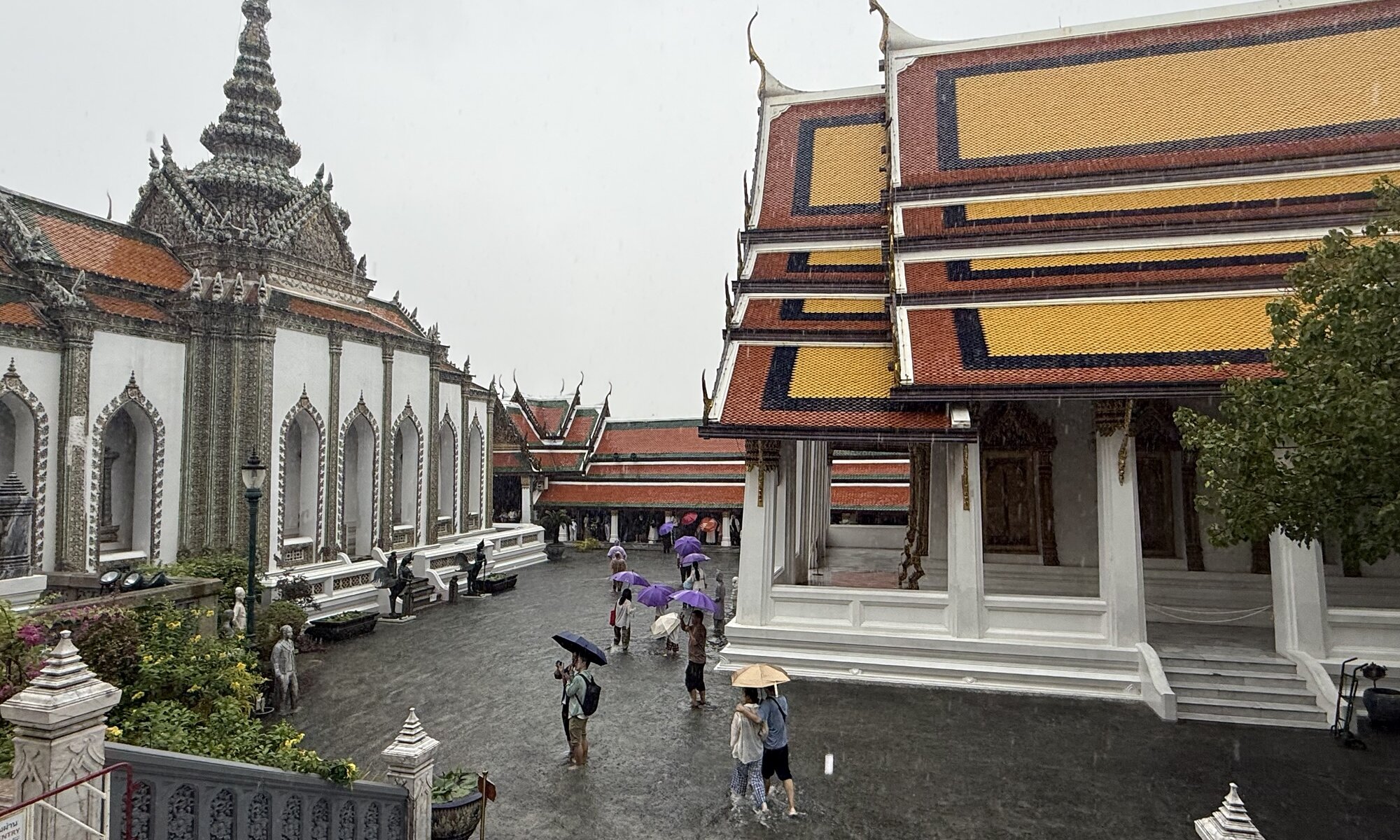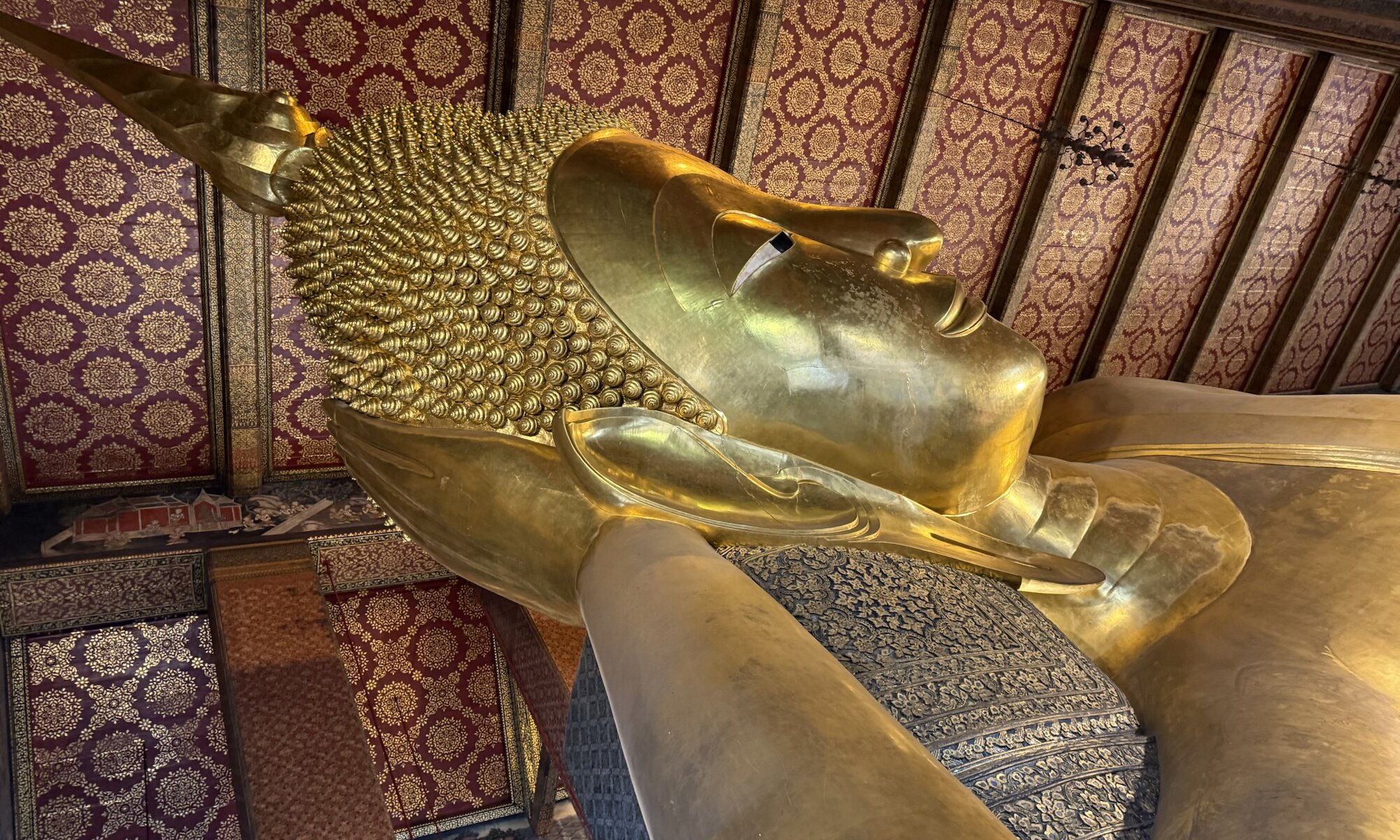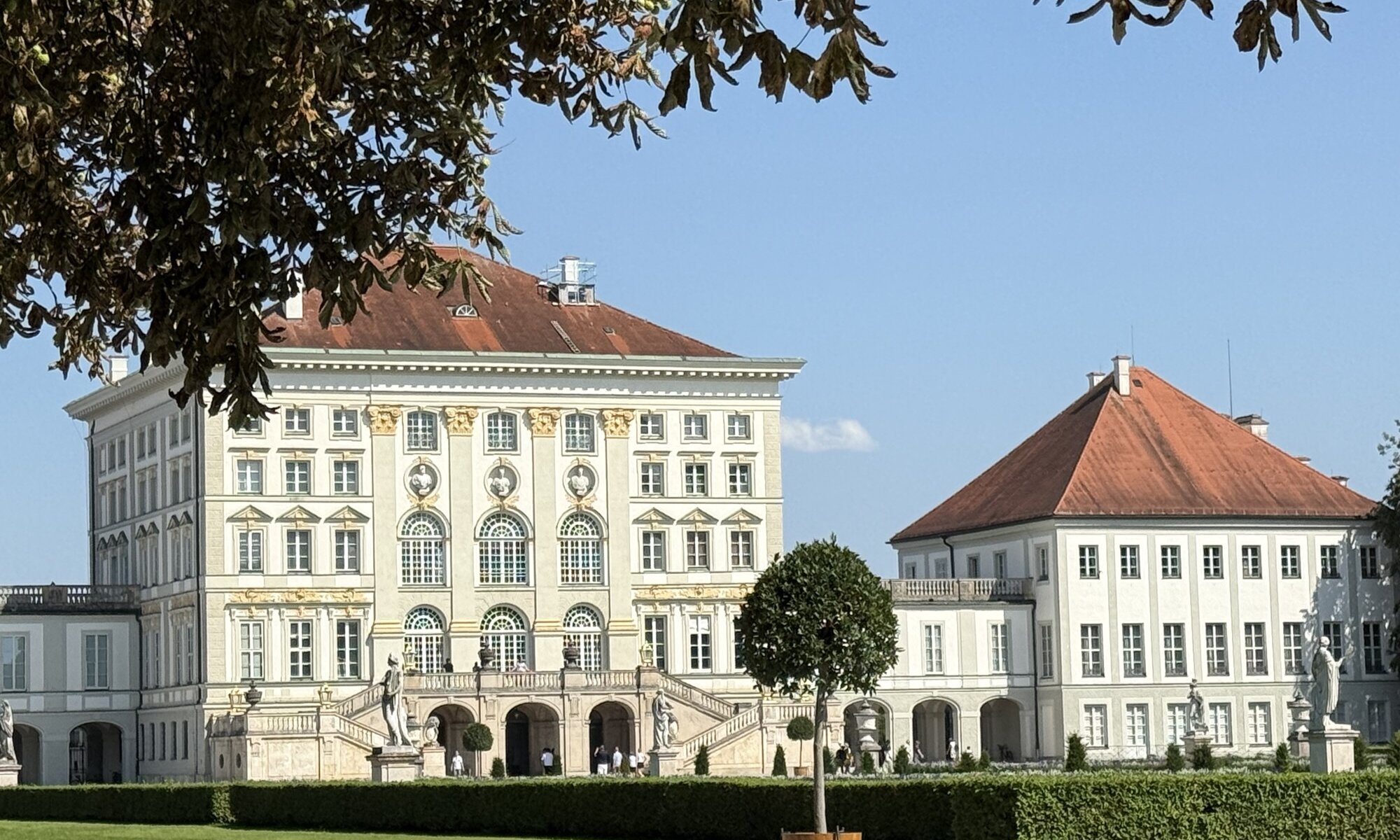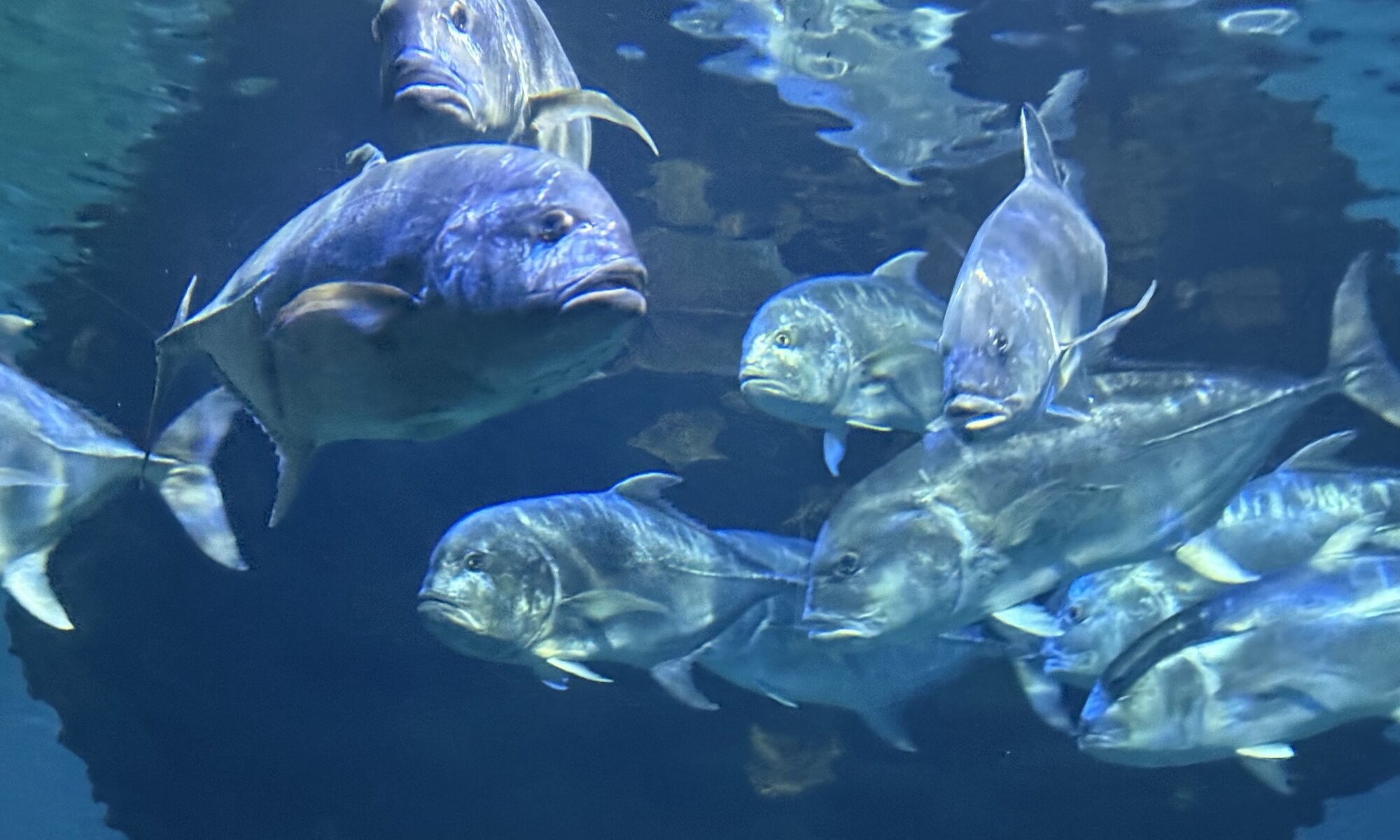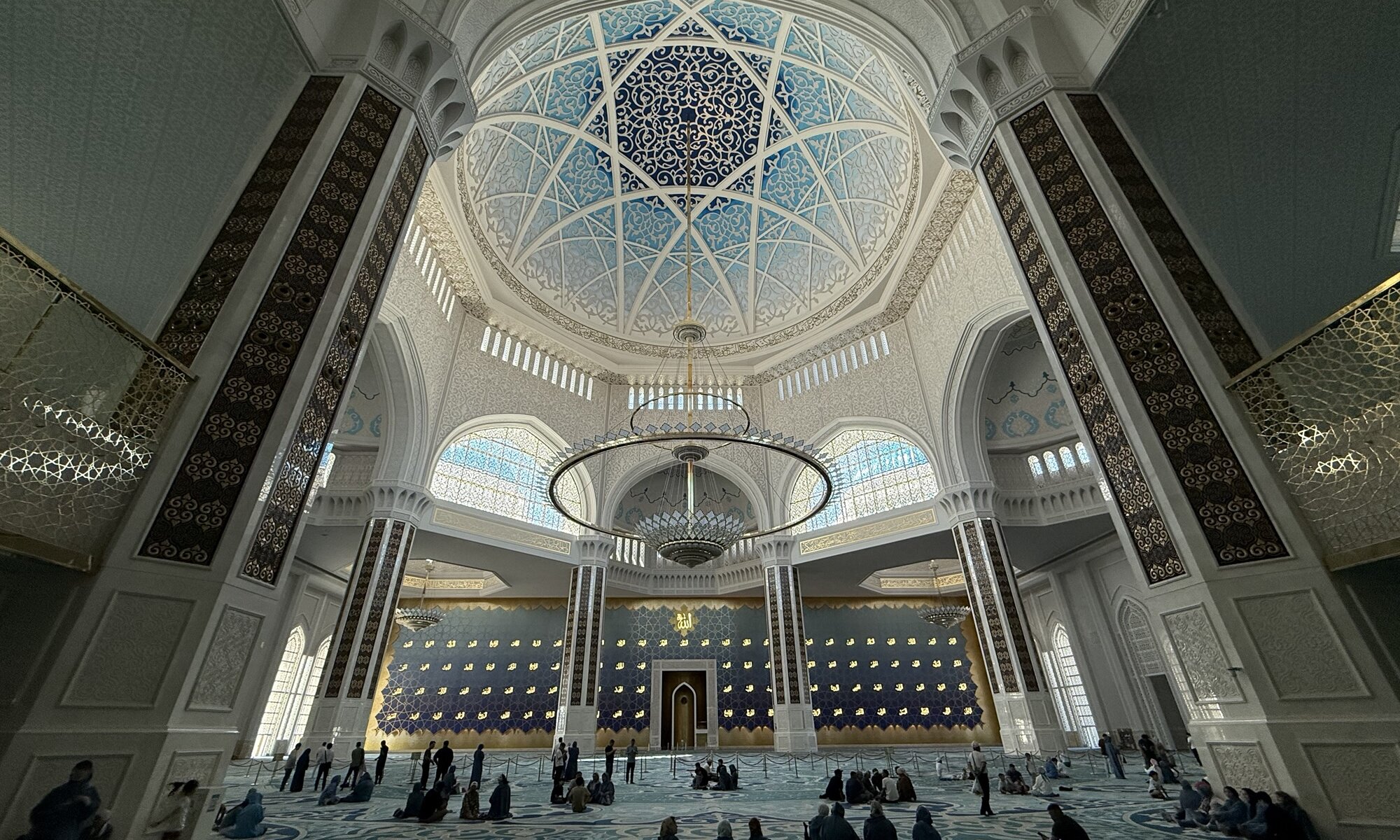The water people of กรุงเทพฯ, often known as the ‘klong dwellers‘, have a distinctive lifestyle shaped by generations living along the city’s sprawling network of canals and rivers. Historically, many communities settled on the banks and floating homes connected by wooden platforms, relying on boats for daily travel, commerce, and socialising. Their way of life reflects a balance between adaptation and tradition, maintaining age-old practices while coexisting with the city’s rapid urban growth. These waterborne neighbourhoods reveal a fascinating blend of culture, resilience, and intimacy with the waterways that once earned กรุงเทพฯ its nickname, the ‘Venice of the East‘.
Continue reading “Water people”Emerald Buddha
The Royal Palace of กรุงเทพฯ, officially known as the Grand Palace, stands as one of Thailand’s most iconic and historically rich landmarks. Constructed in 1782 during the reign of King Rama I, it served as the official residence of the Kings of Siam (and later Thailand) for over 150 years. The palace complex sits majestically on the banks of the Chao Phraya River, representing the splendour and cultural grandeur of the Thai monarchy. While it no longer houses the monarch permanently, the Grand Palace retains its deep ceremonial significance and remains a symbol of the nation’s heritage and sovereignty.
Continue reading “Emerald Buddha”Reclining Buddha
Wat Pho, also known as the Temple of the Reclining Buddha, is one of กรุงเทพฯ’s oldest and most revered temples, steeped in rich history and cultural significance. Founded in the 16th century during the พระนครศรีอยุธยา period, it was extensively restored and expanded in the late 18th century by King Rama I, who established it as a quintessential example of Thai religious architecture and a centre for education in traditional medicine and Thai massage. The temple complex is a sprawling site, offering visitors a glimpse into Thailand’s spiritual and artistic heritage, adorned with intricate murals, stupas, and thousands of Buddha images.
Continue reading “Reclining Buddha”Lumphini park
Lumphini Park in กรุงเทพฯ is a sprawling urban oasis and the city’s first public park, offering a verdant retreat in the midst of กรุงเทพฯ’s bustling central business district. The park’s history is deeply tied to King Rama VI, who in 1925 donated the land, originally his royal property, for the public good. The park was named after Lumbini, the birthplace of the Buddha in Nepal, symbolising prosperity and peace. Initially planned as a fairground to promote Thai industry, the vision transformed into a space devoted to recreation and community, a modernising gesture that has since endured almost a century.
Continue reading “Lumphini park”Nymphenburg
On the western edge of München you can find Schloß Nymphenburg, a splendid testament to Baroque architecture and the grandeur of Bavaria’s royal past. The palace was commissioned in 1664 by Elector Ferdinand Maria and his wife Henriette Adelaide of Savoy, in celebration of the birth of their son, Max Emanuel. Initially conceived as a summer residence, it began as a modest cubic pavilion surrounded by gardens and auxiliary buildings, but over centuries expanded into a lavish complex under successive members of the Wittelsbach dynasty. The palace’s transformation mirrored the dynasty’s aspirations: its façade, gardens, and interiors were continually embellished, culminating in a breathtaking ensemble of halls, museums, and parkland.
Continue reading “Nymphenburg”Dachau
The Konzentrationslager Dachau, located just outside München, was the first Nazi concentration camp established in 1933. Originally designed to hold political prisoners, especially Communists and Socialists, its brutal regime soon expanded its targets to include Jews, Roma, homosexuals, Jehovah’s Witnesses, and prisoners of war from various nations. Dachau became infamous as the model on which other camps were based and as a training ground for SS camp guards, making it a key site in the Nazi repression apparatus. The conditions and systematic cruelty left thousands dead and countless more scarred.
Continue reading “Dachau”Presidential park
A significant green oasis set at the heart of Kazakhstan’s capital, opened in 2008 to mark the 10th anniversary of Capital City Day. The park reflects Астана’s transformation into a modern metropolis. Covering nearly 80 hectares, the park was planned to complement the nearby Ak Orda presidential palace and serves as an inviting space for locals and visitors. You’ll find wide lawns, a variety of trees, and distinctive water features, particularly a grand fountain shaped like the mythical Samruk bird – a cherished Kazakh symbol of life and freedom. The atmosphere here changes beautifully with the seasons, offering colorful flowers in spring, verdant stretches in summer, and a tranquil snow-covered landscape during the winter.
Continue reading “Presidential park”Far away from the ocean
The Ailand in Астана stands out as a remarkable destination because the entertainment center is home to the only oceanarium in Kazakhstan, an astonishing spectacle set deep within the country’s steppe, far from any coast. What makes this oceanarium even more unique is its world record status: according to the Guinness Book of World Records, it is the most distant aquarium from any sea or ocean, situated more than 3,000 kilometers from the nearest coastline. Since its opening in 2003, the oceanarium rapidly became one of Kazakhstan’s main tourist attractions and a point of local pride, drawing hundreds of thousands of visitors annually.
Continue reading “Far away from the ocean”Along the Ishim
The Central park in Астана has a rich history dating back to the late 19th century, when the city was still called Akmolinsk and served as a caravan crossroads on the steppe. Over time, the park has witnessed periods of both decline and revitalization, evolving with the city’s dramatic transformation from a regional town to the modern capital of Kazakhstan. One of the city’s oldest living relics, a black poplar tree planted over 130 years ago, still stands in the park and is considered an important symbol of Астана’s heritage and the community’s connection to its past.
Continue reading “Along the Ishim”Орталық мешіті
The Central Mosque in Астана, also known as the Астана Grand Mosque, stands as a magnificent architectural landmark and the largest mosque in Central Asia. Its grand scale is immediately striking, featuring a massive main dome that is about 83.2 meters high and 62 meters in diameter, making it one of the largest domes of its kind in the world. Surrounding it are four towering minarets each reaching 130 meters tall, symbolically divided into five parts representing the five pillars of Islam. The mosque’s exterior is beautifully detailed with white Arabic calligraphy on a blue background, and the entrance boasts one of the tallest wooden doors globally, standing 12.4 meters tall and crafted from hard iroko wood imported from Africa. This blend of scale and intricate detail creates a sense of awe from the moment you approach the mosque.
Continue reading “Орталық мешіті”

